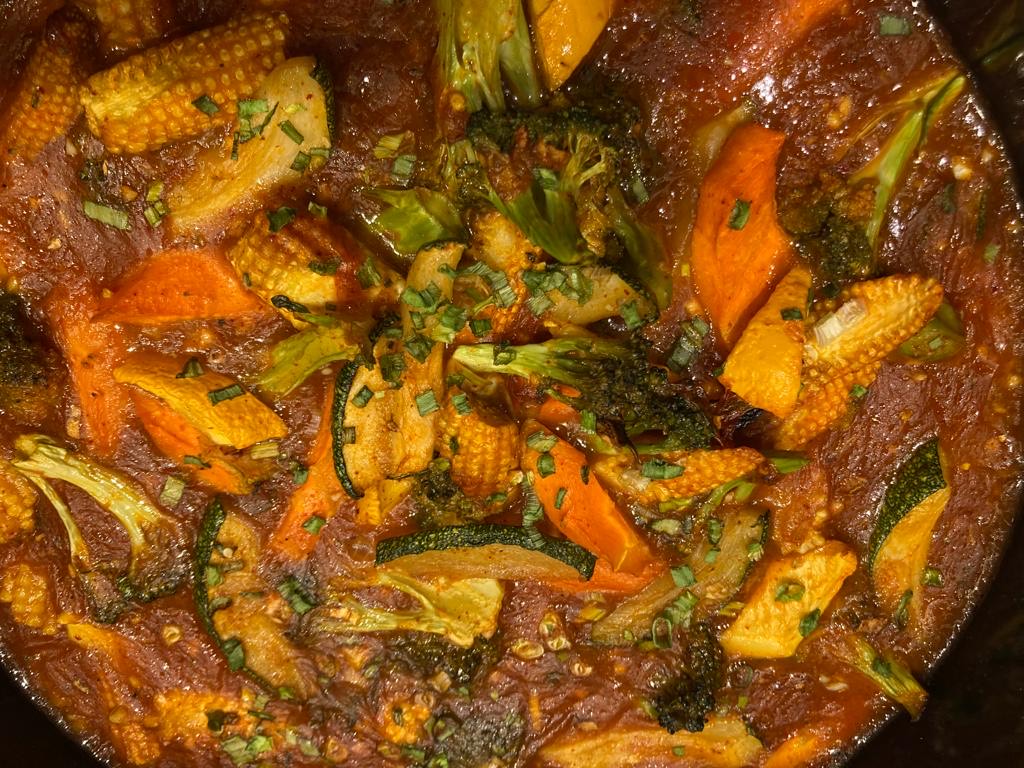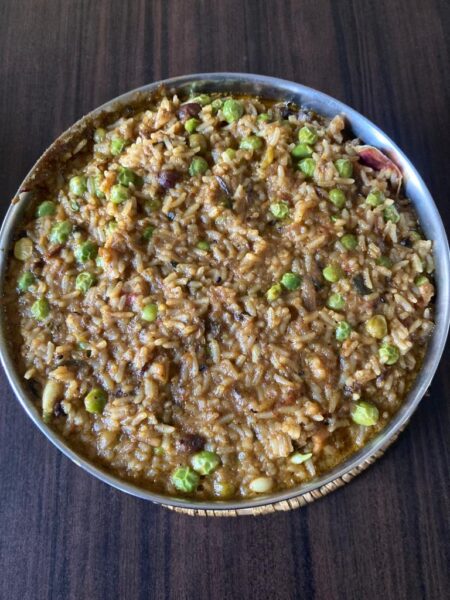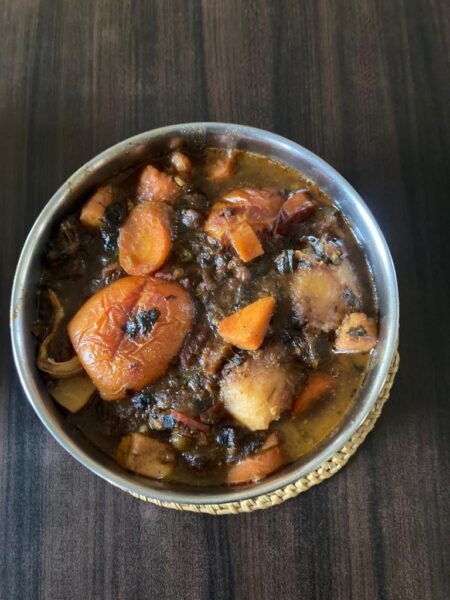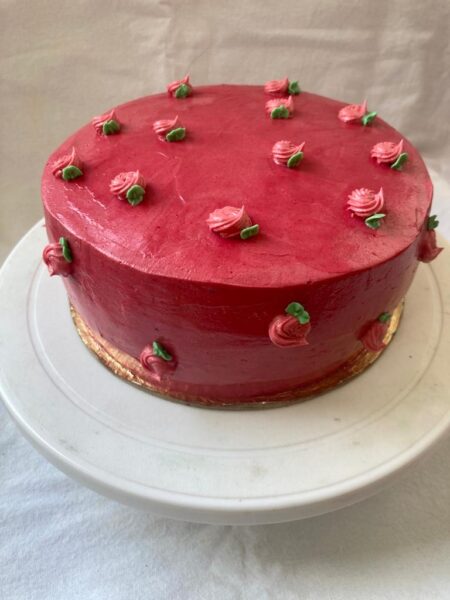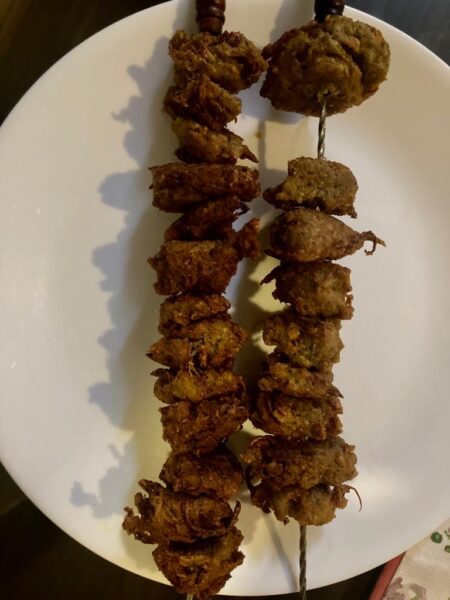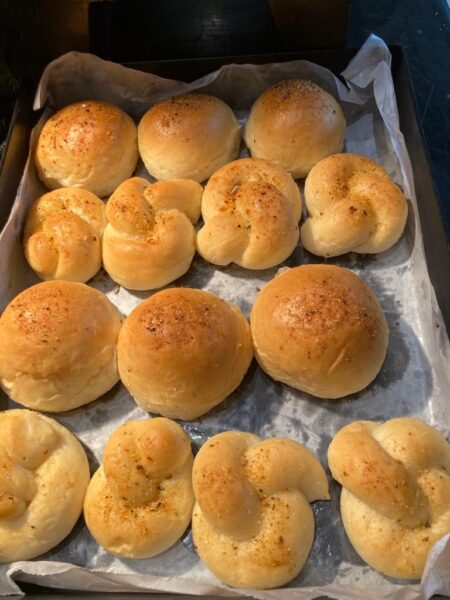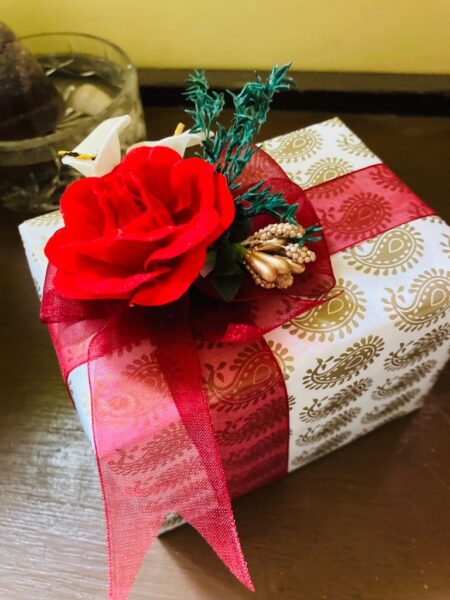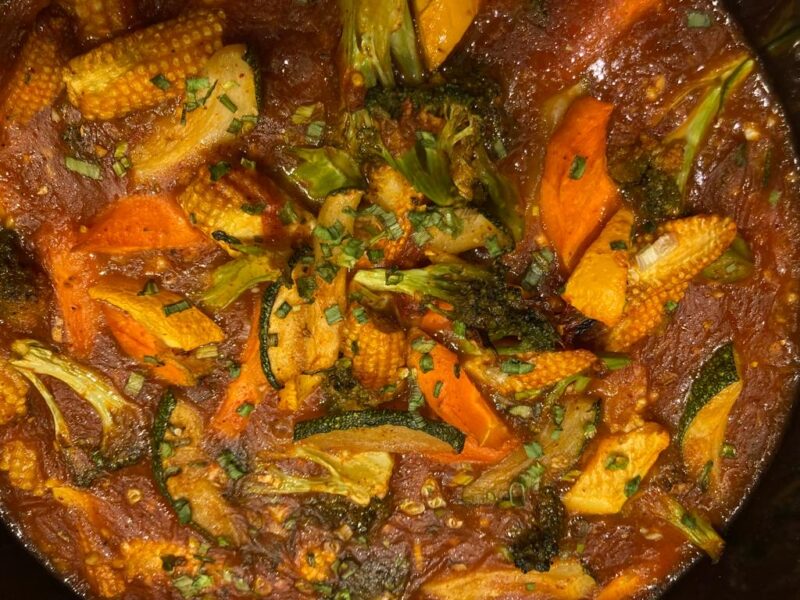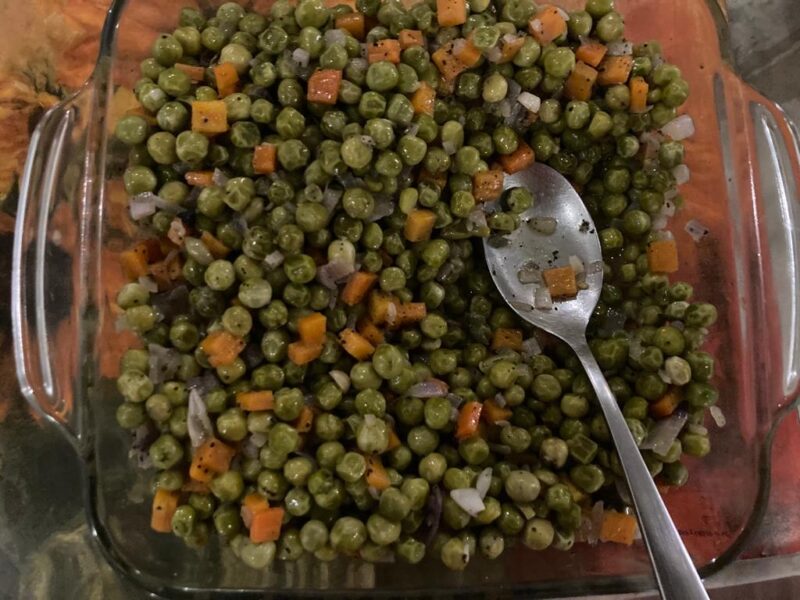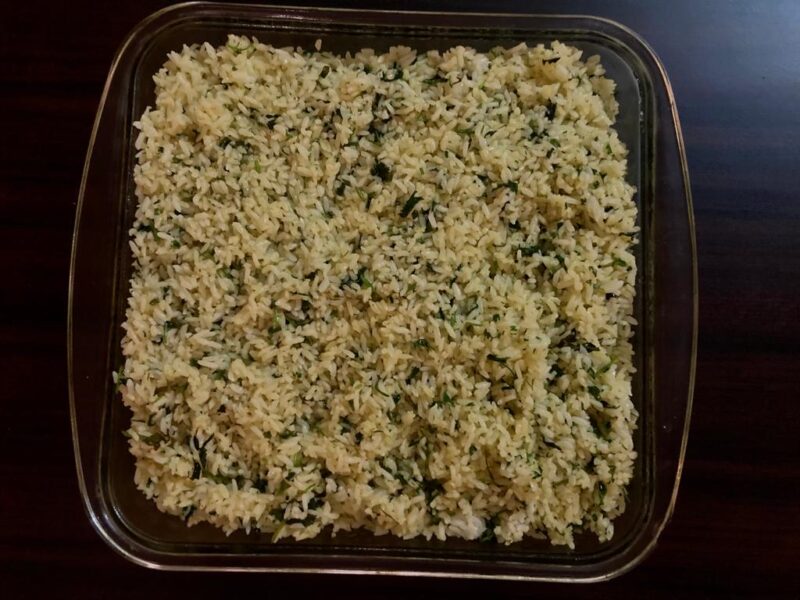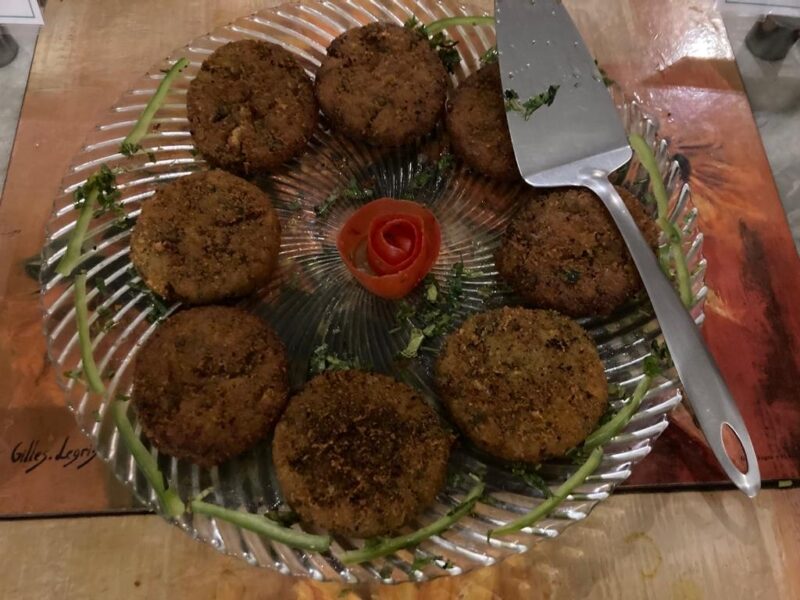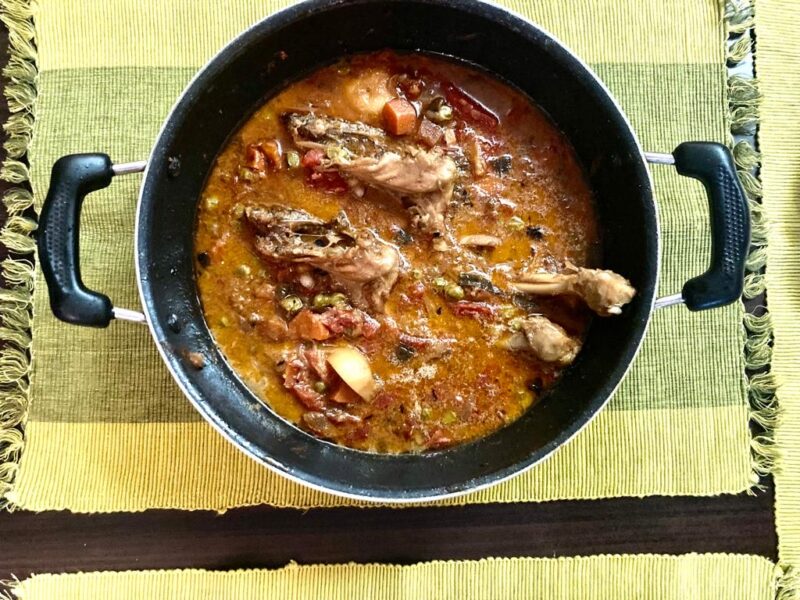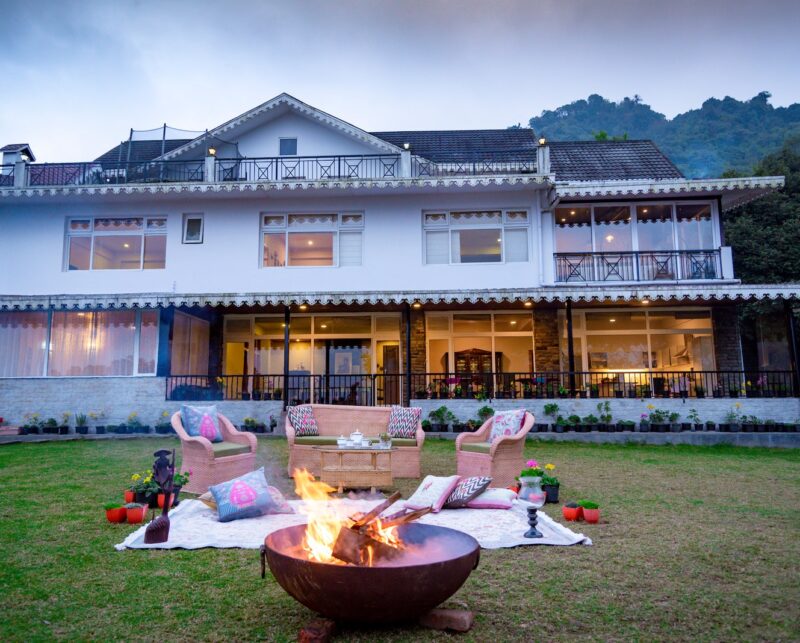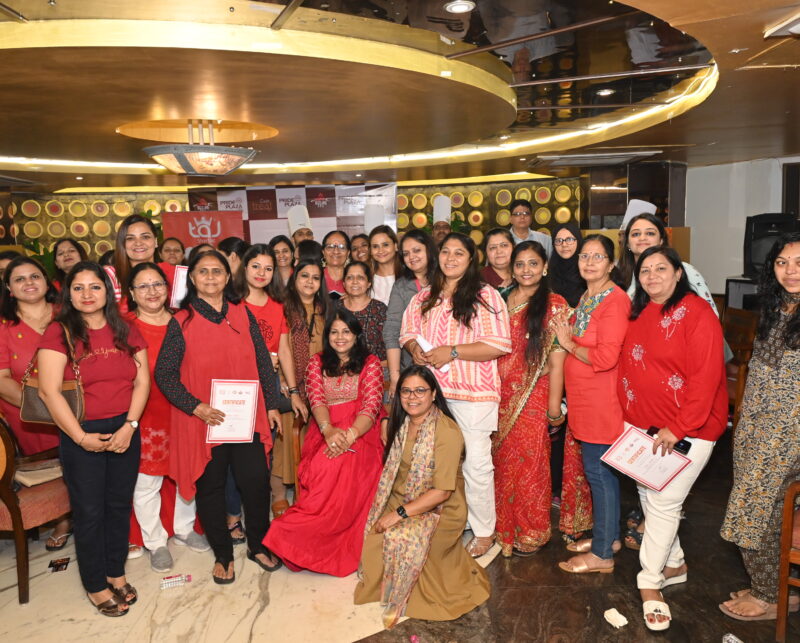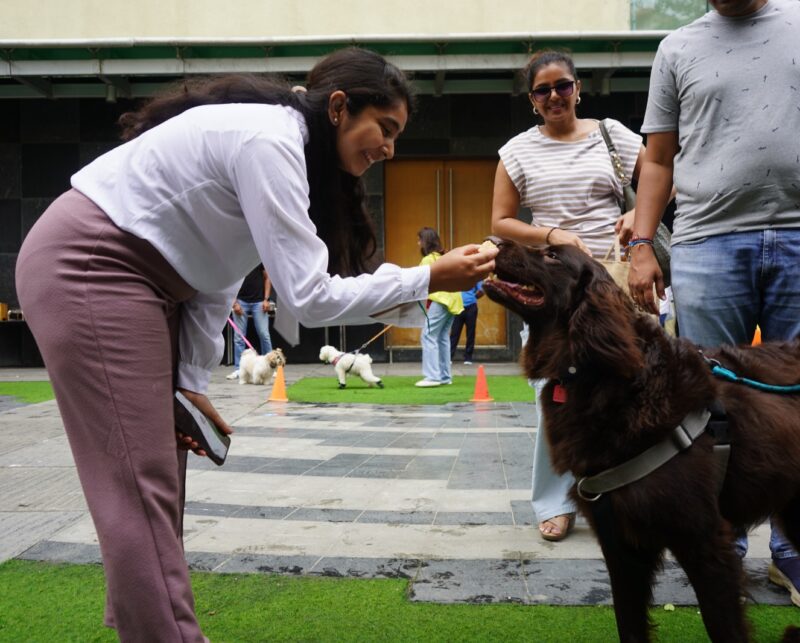A fusion of western and eastern cuisines
Jone Kaustav Khaund writes about the Anglo – Indian food at the tea plantations of Assam.
Tea was discovered in the 1830’s here in Assam. The species is indigenous as it was cultivated by the Singphos in the easternmost most part of the state. The credit goes to an Englishman who discovered and saw gold in it. This led to commercial cultivation across the tracts that had the soil to nourish the tea plants . The climate and the rains supported the crop. Labour came from the Central and Eastern regions of the Country.. The steamers started plying on the Brahmaputra to carry the tea cargo, followed by the railway tracks that exist and operate to this day. The Managers came from the British Isles, many of them from Scottish descent. Under them was a team of clerks mostly caste Hindus. Life was hard at the plantations. As incentives and getaway from the routine, planters started sports. Polo being the first. The first club came up in Cachar, followed by Misa, Moran and Dhanseri. Then came in Golf. The third oldest golf club in the world exists at Jorhat from 1876. Today Assam has a number of golf greens at the clubs across tea country. All of this couldn’t have happened if food was not around to be served.
Wednesdays and Saturdays were club days for the Sahibs and memsahibs of the tea industry in Assam. A practice still in place. Golf day out would mean a day long affair starting with breakfast. A late lunch. And ending at the Bar. Then the festivities. Christmas would be a childrens party on the day before at the clubs on the 24th afternoon. Brightly done up. Followed by high tea. The menu would include a variety of sandwiches, cocktail samosas, mince meat samosas, Patties, Pies, Muffins and Scones. Plum cake and chocolates homemade by the planters’ wives. Followed by a tea service. All of this preceding the usual games, songs and mirth. The next day would be a Brunch together with a game of golf or cricket. The spread would be mostly: A soup. Choice of breads. A roast. A pie. A stew. A mash. Cutlets served with sautéed veggies of the season. Puddings. This is a standard fare.
Till today across Assam, in small towns and villages you find a cake shop. Cakes and bakes are part of the rural landscape across the state’s tea growing district . They know how to bake it from generations.
The missionaries also contributed to the culinary mix. Their advent was followed by the establishment of good schools to groom initially the planters‘ children. Christmas began to be celebrated on big scale in Mizoram. Nagaland. Meghalaya. What used to be tribal food began to include by roasts and grills. Stews. New flavours drawn from the local produce and tweaked to combine flavours. The cuisine is centred around meats, fish and poultry. The favourite mains include Roast pork, Pork ribs. Smoked meat, Duck, etc. The dishes are tweaked to their own styles each with a signature. The Mizos prefer root spices. The Nagas use their hot chillies. Bamboo shoots and sesame is widely used. The Khasi with sesame and herbs. Their best comes in steamed with herbs. The day of feasting is usually during the day and it carries on till late afternoon. Tomorrow the pre Christmas celebrations would be more of songs and mirth. Followed by mass. This followed by a breakfast of breads. Jams. Preserve and cold cuts. With the best of cakes. Midday mass. Lunch. Picnics and parties.
About the author
Jones kaustav khans had a studio near Nameri National Park that specialises in Assamese Cuisine.


